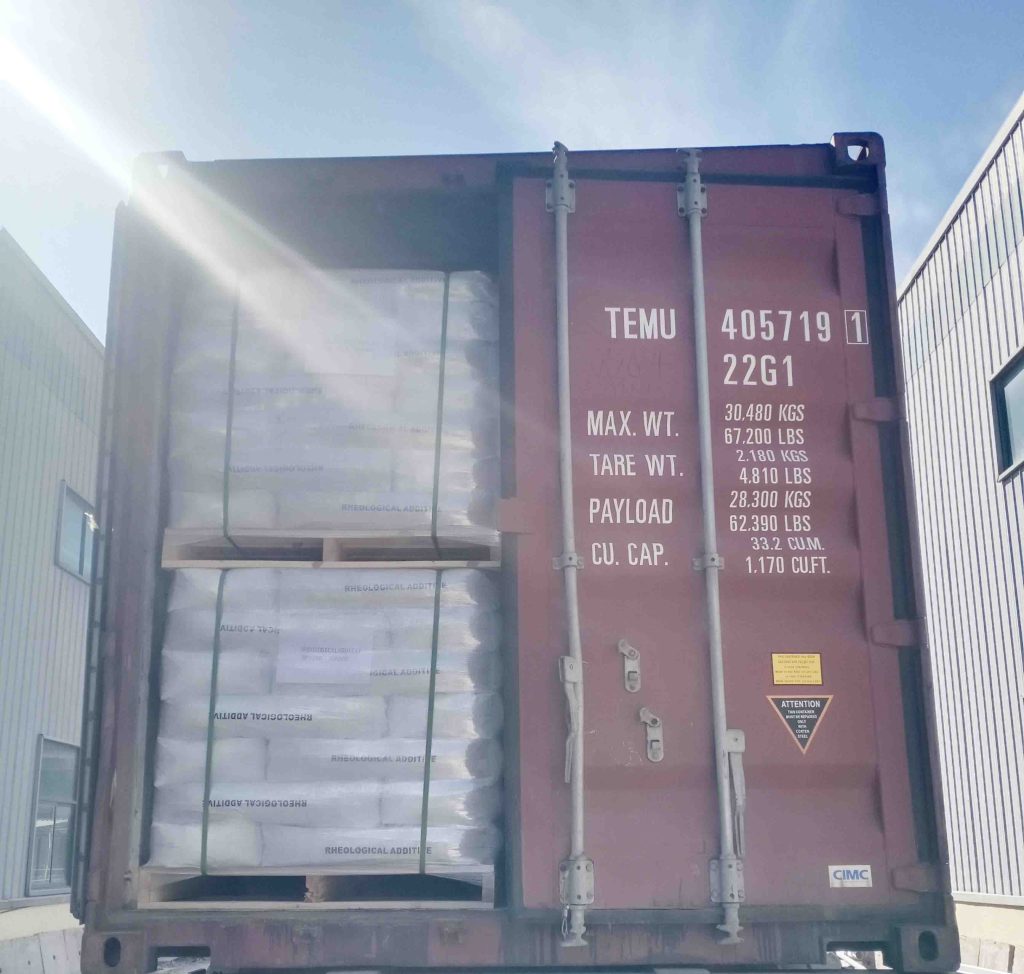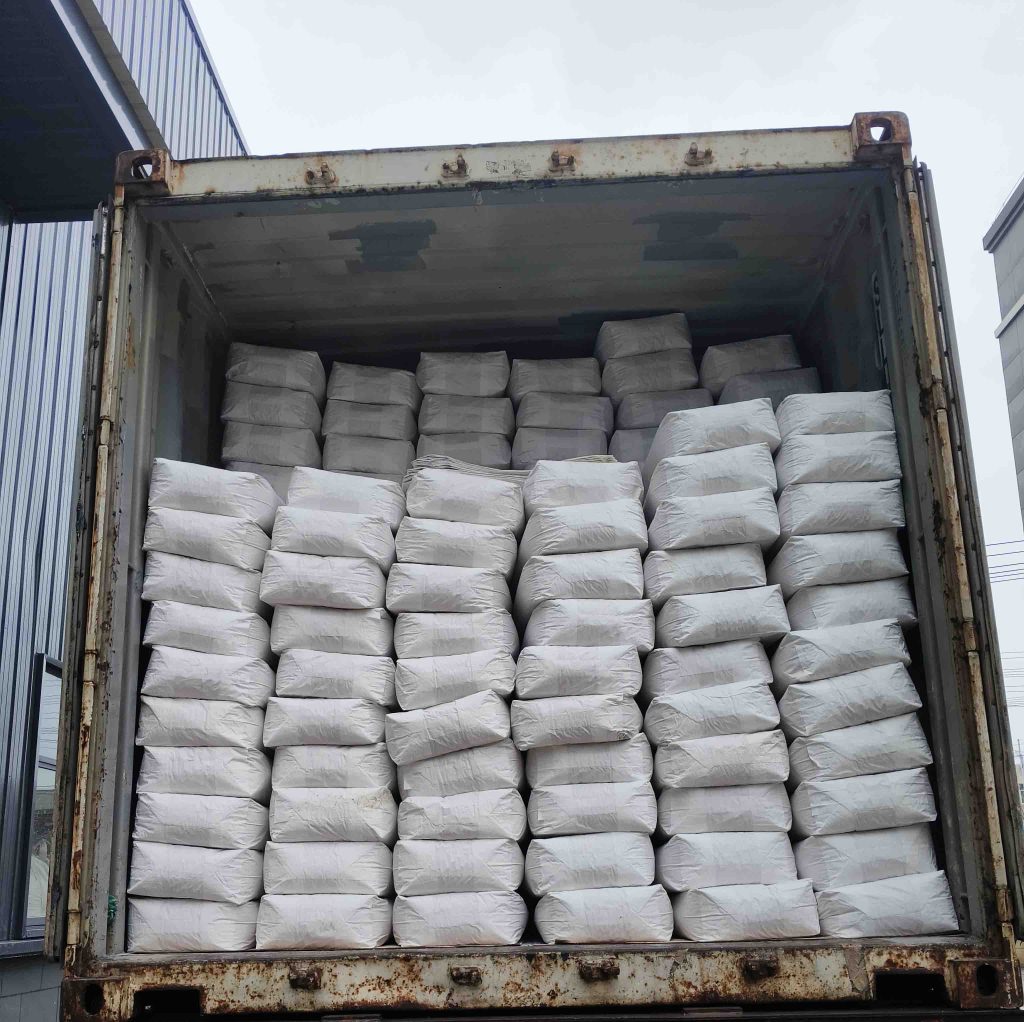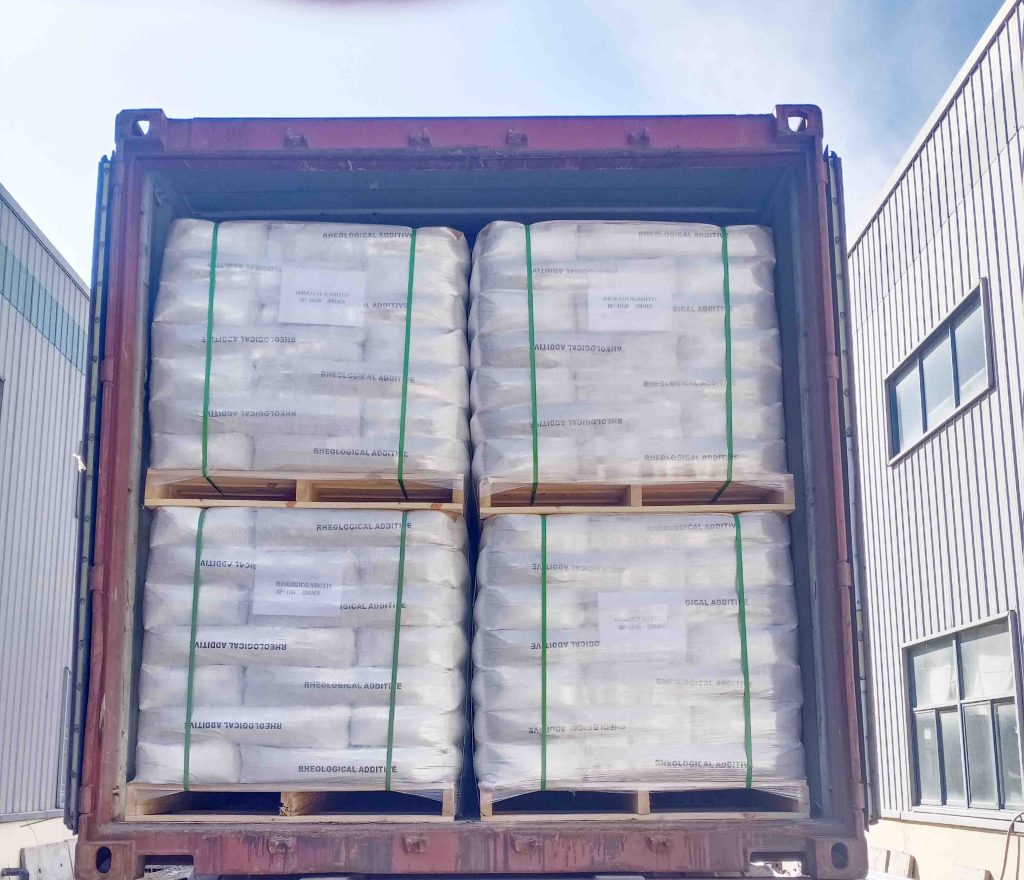Glass micro beads : Combination of Mixed Coating and Surface Spraying: This method of application not only has good reflective properties, but also maintains reflective properties over a long period of time with wear and tear. However, this method inevitably uses more glass beads for paint and costs slightly more than the previous two methods.
glass micro beads

What Are Bead Blasting’s Applications?
| Aerospace industry | Remove rust and paint from mechanical components to remove knife marks. |
| Remove scratches on the rubber | Reflective paint for roads |
| Scratch treatment on the surface of stainless steel. | |
| Foundry industry; | Pre processing in the electroplating industry. |
| Semiconductor Industry | Crafts for exterior decoration |
glass micro beads
Glass micro beads
1) What is glass beads for paint?
Glass beads for paint are a kind of benign raw material specially used for making road marking paint. They are uniformly sized glass spherical crystals, which appear to the naked eye as a slightly sparkling, translucent white powder.
2) Characteristics of glass beads for paint
Glass spherical crystals: The unique glass spherical crystals of glass beads for paint can reflect the light emitted by the light-emitting object from multiple angles, and reflect the dense light back to the original place.
High hardness: Glass beads for lacquer have a hard structure, high hardness, and high abrasion resistance.
Stable chemical properties: glass beads for lacquer have high melting point, are not flammable, do not easily generate static electricity when gathered, and have excellent heat insulation effect.
Strong mobility: the spherical structure of glass beads for paint is easier to roll between each other than other square or irregular solid materials, and has good mobility.
Safety: Glass beads for paints are high strength polymer fillers made of borosilicate glass and calcium-sodium glass, and the raw materials do not have any toxicity or irritating odor.
3) Uses of Glass Beads for Lacquer
Road Traffic Signs
Road traffic signs are used to separate road routes, give directions, issue notices, and indicate road hazards. Road traffic signs need to be posted outdoors for a long time, and in order to protect the driver’s safety, road traffic signs should be clearly visible and avoid glare even in dark and humid environments.
Glass micro beads
Outdoor Advertising
Outdoor advertising is often applied to the walls of buildings to promote commercial products or industrial advertisements. Outdoor advertising needs to be visible enough to attract users’ attention and because it is applied outdoors for a long period of time, it should avoid the extra cost caused by high temperature dissolution and easy wear and tear.
4) Advantages of glass beads for paint applications
Glass beads for paint can retro-reflect natural light or light from car and bicycle lamps, and the reflected light can be reflected back to drivers and passers-by to increase the visibility of the paint surface, especially in the night or under the wet road environment, which can play the role of warning or publicity.
Paint glass beads with low viscosity and not easy to adsorb dust, attached to the surface of the paint, can reduce the viscosity of the overall paint coating, so that the paint is not easy to stain the dust impurities, not easy to discoloration, aging.
Glass beads for paint have high hardness and wear-resistant, which is not easy to be worn by pedestrians and vehicles, and greatly prolongs the marking life.
Glass beads for paint are chemically stable and have high melting point. When applied to the external wall of the building, it is not easy to decompose and dissolve even in hot weather, and can be maintained for a long time.
Glass beads for paint have good flow and dry quickly, and provide a glossy application texture for paint.
Glass beads for paint are made from safe and non-polluting raw materials that do not affect the health of road workers or harm the environment or wildlife.
5) Usage of Glass Beads for Paint
Surface Spraying: Use professional spraying tools and equipments or manually spray glass beads for paint evenly on the surface of wet paint, ether, epoxy resin and other coatings. This type of spraying has the best reflective properties.
Mixed application: Glass beads for lacquer are mixed with paint and stirred well, then applied with a brush to the floor or wall. This method of application does not affect the ductility of the paint, adds a unique texture to the surface, and has some reflective properties. Although the reflective ability is not as good as surface spray application, the reflective life is longer.
Size of glass beads for blasting
Model of Bead blasting glass | Sieve Size (mesh) | Particle Size Range(μm) |
WSL17L# | 20~40 | 425 ~ 850 |
WSL 18L# | 30~40 | 425 ~ 600 |
WSL 19L# | 40~60 | 300 ~ 425 |
WSL 20L# | 60~100 | 150 ~ 300 |
WSL 21L# | 70~140 | 106 ~ 212 |
WSL 22L# | 100~140 | 106 ~ 150 |
WSL 23L# | 100~200 | 75 ~ 150 |
WSL 24L# | 140~200 | 75 ~ 106 |
WSL 25L# | 140~270 | 53 ~ 106 |
WSL 26L# | 200~325 | 45 ~ 75 |
Specification of Glass micro beads
| Specific gravity | 2.4-2.6 g/m3 |
| Stacking density | 1.5g/cm3 |
| Type | Blasting / Shot Peening Media |
| Spherical | |
| Rockwell hardness: | 46HRC |
| Mohs | 6-7 |
| Round rate | 80% |
| Melting point | 710-730 ℃ |
| Index of refraction | 1.5—1.6 |


